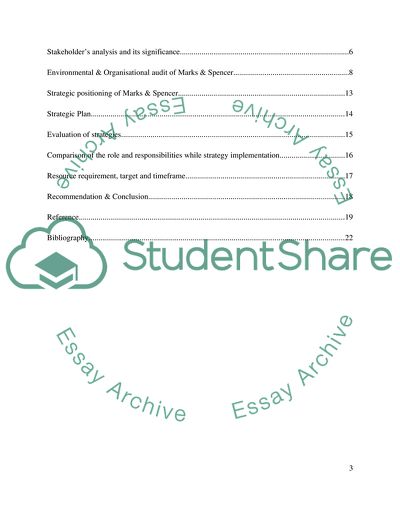Cite this document
(Business Strategy: Accounting & Finance Case Study, n.d.)
Business Strategy: Accounting & Finance Case Study. Retrieved from https://studentshare.org/finance-accounting/1739648-business-strategy-accounting-and-finance
Business Strategy: Accounting & Finance Case Study. Retrieved from https://studentshare.org/finance-accounting/1739648-business-strategy-accounting-and-finance
(Business Strategy: Accounting & Finance Case Study)
Business Strategy: Accounting & Finance Case Study. https://studentshare.org/finance-accounting/1739648-business-strategy-accounting-and-finance.
Business Strategy: Accounting & Finance Case Study. https://studentshare.org/finance-accounting/1739648-business-strategy-accounting-and-finance.
“Business Strategy: Accounting & Finance Case Study”, n.d. https://studentshare.org/finance-accounting/1739648-business-strategy-accounting-and-finance.


